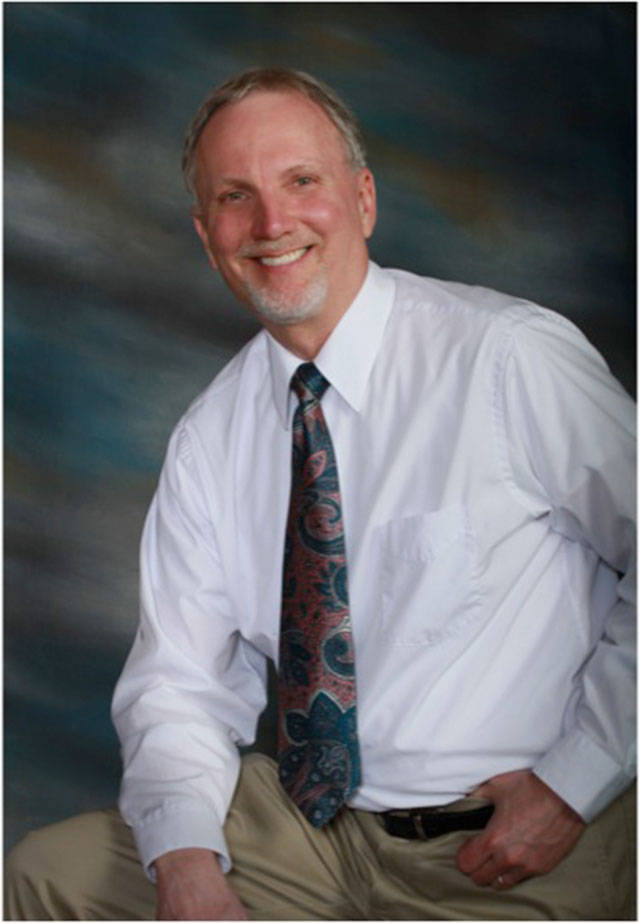“History is always unfinished in the sense that the future always uses the past in new ways.”
This quote from Peter Gay’s 1974 book, “Style in History,” makes the point that we often understand the present by studying the past.
Joseph J. Ellis shares his insights about Gay’s quote in his Pulitzer Prize-winning book, “American Dialogue: The Founders and Us,” by providing examples that prove Gay’s assertion.
Ellis’ first example of this theme occurred in 1776 when John Adams wrote to friends who lived in Boston and asked them to scour the Harvard library for books on the Peloponnesian and Punic wars. He had just become a sort of early Secretary of War for the revolutionary government. He had absolutely no background managing an army, so he decided to give himself a crash course in previous wars.
Armed with this information dating back to between the second and fifth centuries B.C., Adams bombarded Gen. George Washington and his staff with strategies to beat the British. The most valuable advice he gave was to fight a defensive war against the British army. Washington’s goal should be to engage the British only when they had the advantage either in numbers or in terrain. Washington reluctantly took Adams’ advice against his more aggressive instincts. It took eight years, but Adams’ strategy eventually defeated the British at Yorktown in 1781 and won the American Revolution.
Ellis’ second and third examples occurred when Abraham Lincoln began a research project using the records of the Constitutional Convention of 1787. He did so in reaction to the landmark Supreme Court case, “Dred Scott vs. Sandford,” in 1857.
In this court case, Chief Justice Roger Taney and the majority of justices (many of whom favored states’ rights and slavery) asserted that the framers of the Constitution had viewed slaves as property and not people. Therefore, in their ruling, they stated that slave owners could not be deprived of their property without their consent. This meant it was unconstitutional to prohibit slavery in the western territories. This decision helped light the spark that set off the Civil War four years later.
Lincoln’s research came to a drastically different interpretation. He discovered that many of the framers had tried to limit the expansion of slavery. He found that 29 of 39 signers of the Constitution were on the record for banning or restricting slavery in the West. Those included George Washington and Thomas Jefferson along with 16 other signers who had voted to ban slavery north of the Ohio River in 1787. Jefferson had voted to ban slavery in ALL the western lands.
President Lincoln used this “originalist” argument to justify the end of slavery during the Civil War. Note that both Lincoln and Taney used their versions of the past to justify their views on the slavery issue. They went looking into the past to find what they already believed.
Recently, the Republican Senate appointed two conservative judges who favor an originalist interpretation of the Constitution. That means they prefer to make decisions just as Taney and Lincoln did – to research what the framers of the Constitution were thinking at the time they created the Constitution.
Then, as today, this approach is fraught with difficulties. There were 39 signers of the U.S. Constitution. Each had their own perspectives and biases. Which opinion and perspective should the justices choose? The answer often depends on searching for and finding what already confirms their deeply held biases. We are all subject to confirmation bias. The nine Supreme Court justices are no different than Adams, Taney, or Lincoln – or us.
The study of history is very useful in understanding our present. We must be on guard, though, to search for understanding using history with an open mind, letting its lessons guide us as Adams did in his advice to Washington. We must be on guard to avoid the trap that Taney and the majority of the Supreme Court came to in Dred Scott vs. Sandford in 1857. This biased perspective led to the disastrous and bloody Civil War.
Peter Gay was right: “History is always unfinished in the sense that the future always uses the past in new ways.”


